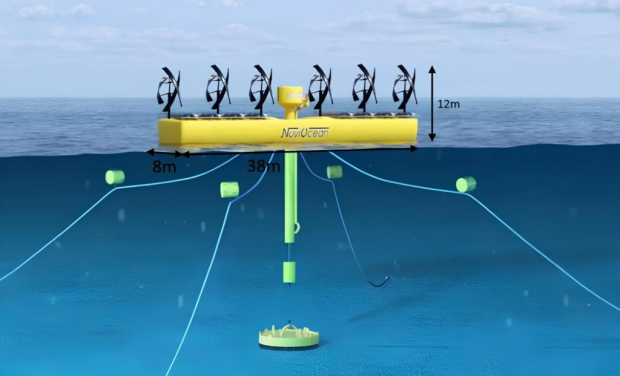
Breaking News
 FULL REPLAY: President Trump Delivers an Address to the Nation - 12/17/25
FULL REPLAY: President Trump Delivers an Address to the Nation - 12/17/25
 MELANIA, the film, exclusively in theaters worldwide on January 30th, 2026.
MELANIA, the film, exclusively in theaters worldwide on January 30th, 2026.
Top Tech News
 This tiny dev board is packed with features for ambitious makers
This tiny dev board is packed with features for ambitious makers
 Scientists Discover Gel to Regrow Tooth Enamel
Scientists Discover Gel to Regrow Tooth Enamel
 Vitamin C and Dandelion Root Killing Cancer Cells -- as Former CDC Director Calls for COVID-19...
Vitamin C and Dandelion Root Killing Cancer Cells -- as Former CDC Director Calls for COVID-19...
 Galactic Brain: US firm plans space-based data centers, power grid to challenge China
Galactic Brain: US firm plans space-based data centers, power grid to challenge China
 A microbial cleanup for glyphosate just earned a patent. Here's why that matters
A microbial cleanup for glyphosate just earned a patent. Here's why that matters
 Japan Breaks Internet Speed Record with 5 Million Times Faster Data Transfer
Japan Breaks Internet Speed Record with 5 Million Times Faster Data Transfer
 Advanced Propulsion Resources Part 1 of 2
Advanced Propulsion Resources Part 1 of 2
 PulsarFusion a forward-thinking UK aerospace company, is pushing the boundaries of space travel...
PulsarFusion a forward-thinking UK aerospace company, is pushing the boundaries of space travel...
 Dinky little laser box throws big-screen entertainment from inches away
Dinky little laser box throws big-screen entertainment from inches away
 'World's first' sodium-ion flashlight shines bright even at -40 ºF
'World's first' sodium-ion flashlight shines bright even at -40 ºF
Buoyancy-driven hybrid energy platform moves to full-scale pilot

Next step: a full-scale pilot.
This renewable energy platform will have a relatively small footprint once built at full size: 38 x 9 m (125 x 30 ft), the platform itself extending some 4 m (13 ft) above the water surface, and a further 12 m (39 ft) down below. Tiny, then, in comparison to some of the monstrous offshore wind turbines we're starting to see, like the colossal 20-MW MingYang turbine that's currently the world's largest.
But it's designed to punch above its 140-ton weight, and deliver energy more consistently than any single-method generator.
How does it work?
When the Sun's shining, it powers some 700 square meters (7,535 sq ft), or 50 kW worth of solar panels. When the wind's blowing – and most of the world's best wind resources are offshore where this thing will live – it'll drive a series of six helical-bladed, vertical-axis wind turbines (VAWT). And it'll also harvest up to 650 kW of energy from the motion of the ocean, thanks to an interesting wave power system.
First, though, about those VAWTs. Compared to the pinwheel-style horizontal-axis turbines we're used to seeing, VAWTs have a couple of key advantages, particularly in an offshore wind application. For starters, the heavy generator bit is at the bottom, as opposed to at the top of a gigantic pole that also needs to support a huge spinning fan. So this platform will stay upright by itself, without the need for counterbalances or heavy support structures.
Secondly, they can accept wind from any direction, since they're spinning 360 degrees anyway. So the platform can be oriented parallel with the waves, to best serve its major power producer.
The wave energy generator works in an interesting way, too. The big pluggy-looking thing sticking out of the top is a turbine/generator system, sitting on top of a great big piston. The top of this piston is fixed to the floating platform, and the bottom to the ocean floor.
In between waves, the platform floats downward, and at the bottom of its travel, a valve closes to hold the platform down as the next wave starts to rise. As it does, up to 3 m (10 ft) of this giant float is held underwater, trapping some 600 cubic meters (21,200 cu ft) of air underwater, which desperately wants to rise upward.

 The Prime Directive is Evil
The Prime Directive is Evil
 Don't Worry About Bitcoin
Don't Worry About Bitcoin

